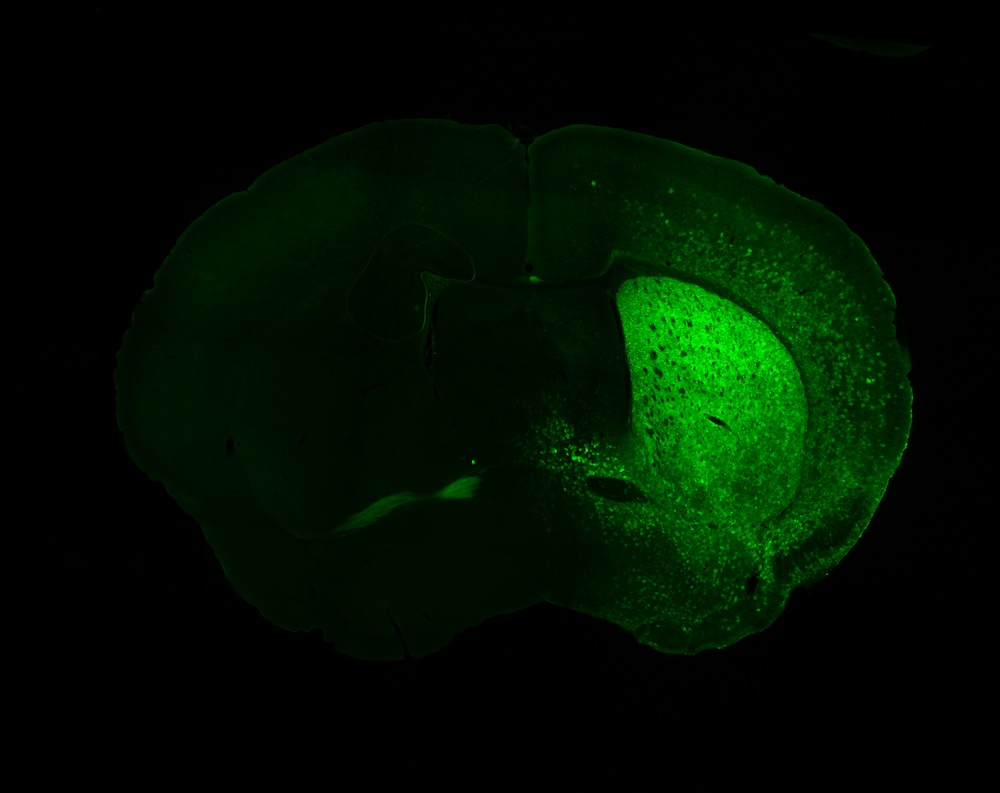Biography
Vincent Dion started his scientific career in 1999 as a summer student in Stanley L Miller's laboratory at UCSD (USA). He completed his BSc in molecular biology and genetics in 2002 at the University of Guelph (Canada). In 2007, he obtained his PhD from Baylor College of Medicine (USA), under the supervision of John H Wilson, for defining the role of DNMT1, the maintenance DNA methyltransferase, in preventing disease-causing CAG/CTG repeat expansions. As a postdoc with Susan M Gasser at the Friedrich Miescher Institute (Switzerland), he discovered a novel role for chromatin remodeling enzymes in the repair of deleterious DNA double-strand breaks. He started his lab in 2013 on a Professorship from the Swiss Government before joining the UK DRI at Cardiff in 2019. He has made major contributions to the expanded repeat diseases field, in particular by developing bioinformatics and experimental tools to measure repeat size, the main cause and driver of these diseases. He has pioneered the development of a safe gene editing approach to correct mutations that cause 15 different neurological, neuromuscular, and neurodegenerative diseases. His work aims to develop novel therapeutic approaches for a family of devastating diseases that are currently incurable.
Dion Lab
Explore the work of the Dion Lab, focused on developing new treatments to stop the progression of expanded repeat disorders.

